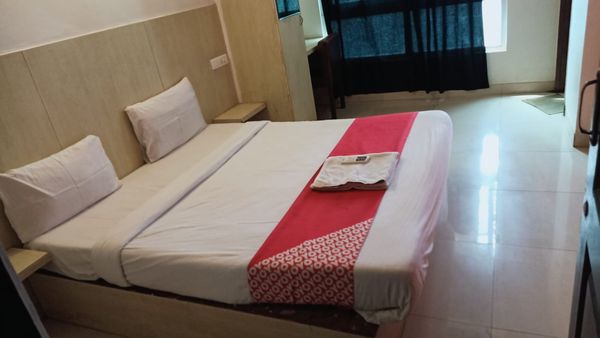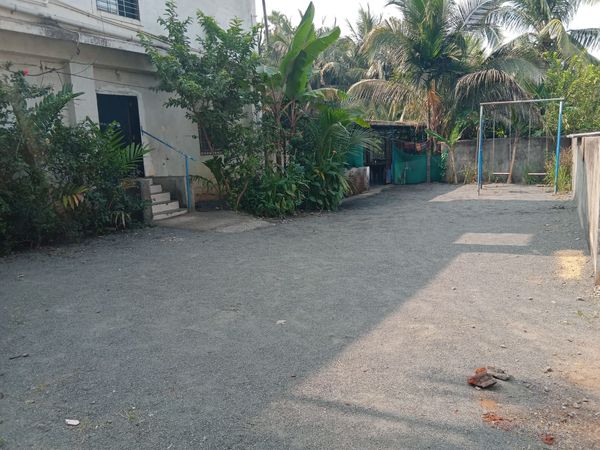The Ultimate Guide to Prefabrication Services: Revolutionizing Construction and Manufacturing
 Lesico Processpiping
28 Nov, 2024
9 mins read
66
Lesico Processpiping
28 Nov, 2024
9 mins read
66

In the dynamic world of construction and manufacturing, efficiency, cost savings, and precision have become key drivers of innovation. Prefabrication services have emerged as a game-changer, addressing these demands while enhancing sustainability and reducing project timelines. This comprehensive guide explores the concept of prefabrication, its benefits, applications, and why it’s transforming industries globally.
What is Prefabrication Service?
Prefabrication service refers to the process of manufacturing building components or system parts off-site, typically in a controlled factory environment, and then transporting them to the construction site for final assembly. This approach contrasts with traditional construction methods, where components are created and assembled entirely on-site.
How Does Prefabrication Work?
The process of prefabrication involves:
- Design Phase: Utilizing advanced design tools such as CAD (Computer-Aided Design) to create precise models of the required components.
- Fabrication: Manufacturing components in a factory setting under stringent quality control.
- Transportation: Shipping prefabricated components to the project site.
- Assembly: On-site installation, often requiring minimal time and effort.
Benefits of Prefabrication Services
1. Enhanced Efficiency
Prefabrication allows simultaneous work on-site and off-site, reducing project timelines significantly. With components ready for assembly upon delivery, projects move faster compared to traditional methods.
2. Cost-Effective Solutions
Mass production in controlled environments reduces material waste, labor costs, and potential delays caused by weather or site-related issues.
3. Superior Quality Control
Manufacturing in a controlled factory environment ensures higher precision and quality, minimizing errors and defects.
4. Environmental Sustainability
Prefabrication generates less waste compared to traditional construction. Additionally, it supports sustainable practices by allowing for the recycling of materials and reducing energy consumption during production.
5. Improved Safety
With much of the work conducted off-site, risks related to on-site construction, such as accidents or weather disruptions, are significantly minimized.
6. Versatility
Prefabrication is adaptable for various industries, including construction, manufacturing, and industrial piping systems.
Applications of Prefabrication Services
1. Construction
Prefabrication is extensively used in residential, commercial, and industrial construction projects. Modular buildings, pre-cast concrete panels, and steel frames are common examples.
2. Industrial Piping Systems
Prefabrication is crucial in creating precise piping systems for industries like oil and gas, water treatment, and manufacturing. Prefabricated piping systems are easier to install and ensure consistent quality.
3. Infrastructure Development
Bridges, tunnels, and road construction benefit from prefabricated components, ensuring durability and faster completion.
4. Modular Construction
The rise of modular construction, where entire sections of a building are prefabricated, is a testament to the versatility of this service.
Key Industries Benefiting from Prefabrication Services
Healthcare: Prefabricated modules are used for hospitals, clinics, and labs.
Hospitality: Hotels increasingly use modular rooms and suites to expedite construction.
Education: Prefabricated classrooms and administrative buildings provide quick solutions for expanding campuses.
Manufacturing: Prefabricated machinery and equipment housing streamline factory setups.
The Role of Technology in Prefabrication Services
`
Advancements in technology have propelled prefabrication to new heights. Key technologies include:
1. Building Information Modeling (BIM)
BIM enables precise design, collaboration, and simulation, reducing errors and optimizing material use.
2. Automation and Robotics
Automated machinery enhances the speed and accuracy of prefabricated component production.
3. Internet of Things (IoT)
IoT devices improve monitoring and management of prefabrication processes, ensuring efficiency and quality.
Prefabrication Service Trends to Watch
1. Modular Construction Boom
The demand for modular construction is skyrocketing as industries seek cost-effective and scalable solutions.
2. Focus on Sustainability
As environmental concerns grow, prefabrication is gaining traction for its eco-friendly practices.
3. Digital Twin Integration
Digital twins allow real-time monitoring and optimization of prefabricated components, enhancing project outcomes.
4. Prefabrication in Urban Development
Cities are adopting prefabrication for efficient, high-density housing solutions and infrastructure.
Challenges in Prefabrication Services
While the advantages are clear, there are challenges to address:
- Transportation and Logistics: Moving large prefabricated components can be costly and complex.
- Initial Investment: Setting up prefabrication facilities requires substantial upfront investment.
- Design Limitations: Certain custom designs may not be suitable for prefabrication.
How to Choose the Right Prefabrication Service Provider
When selecting a provider, consider the following:
- Experience: Look for providers with a proven track record in your industry.
- Technology Use: Ensure they utilize advanced tools like BIM and robotics.
- Customization Options: Choose a provider who can adapt to your specific project needs.
- Quality Assurance: Verify their commitment to quality and adherence to industry standards.
Future of Prefabrication Services
The future of prefabrication services is promising, with growing adoption across industries. As technology evolves, prefabrication will become even more efficient, sustainable, and accessible. It holds the potential to revolutionize how industries approach construction and manufacturing.
Conclusion
Prefabrication services represent a paradigm shift in construction and manufacturing, offering unmatched efficiency, quality, and sustainability. Whether you're developing a residential project, an industrial plant, or a commercial infrastructure, incorporating prefabrication into your processes can unlock numerous benefits.
By embracing prefabrication, businesses and industries can stay ahead of the curve, driving innovation and achieving superior outcomes. Explore how prefabrication services can transform your projects and take the first step toward a smarter, more efficient future today!
Written By:
Lesico Processpiping



Hotels at your convenience
Now choose your stay according to your preference. From finding a place for your dream destination or a mere weekend getaway to business accommodations or brief stay, we have got you covered. Explore hotels as per your mood.





